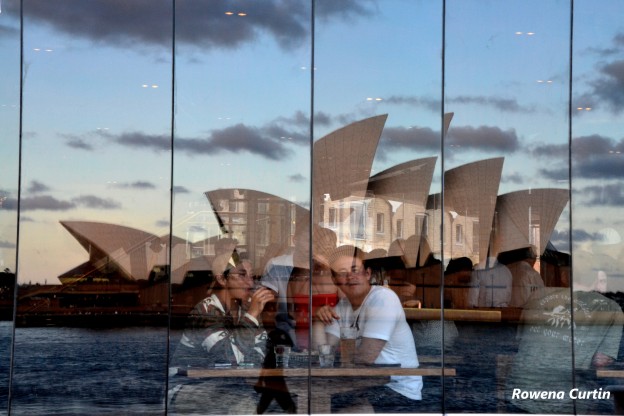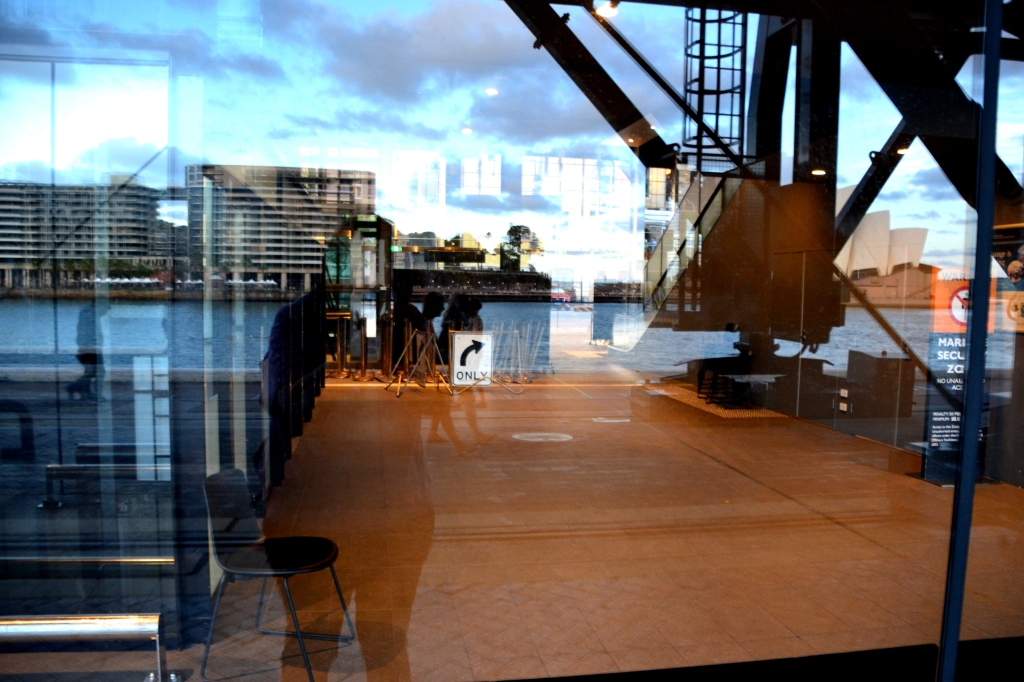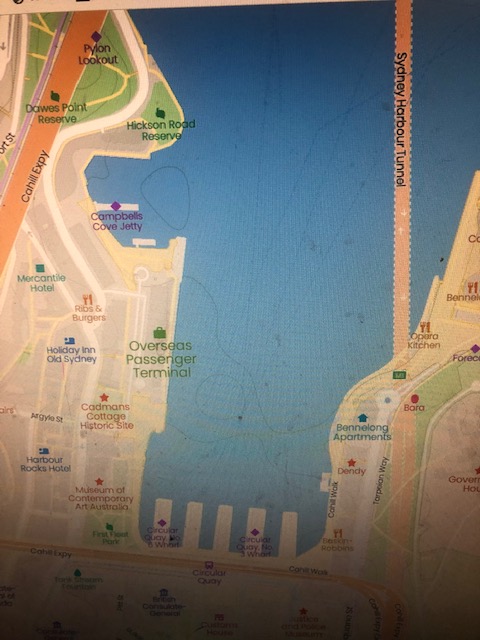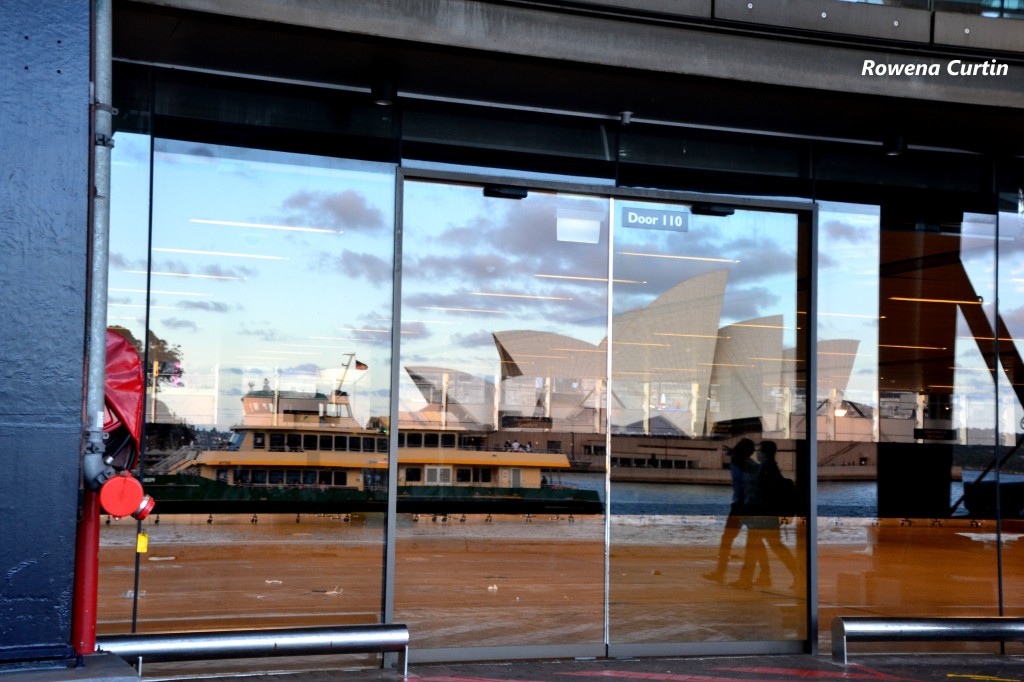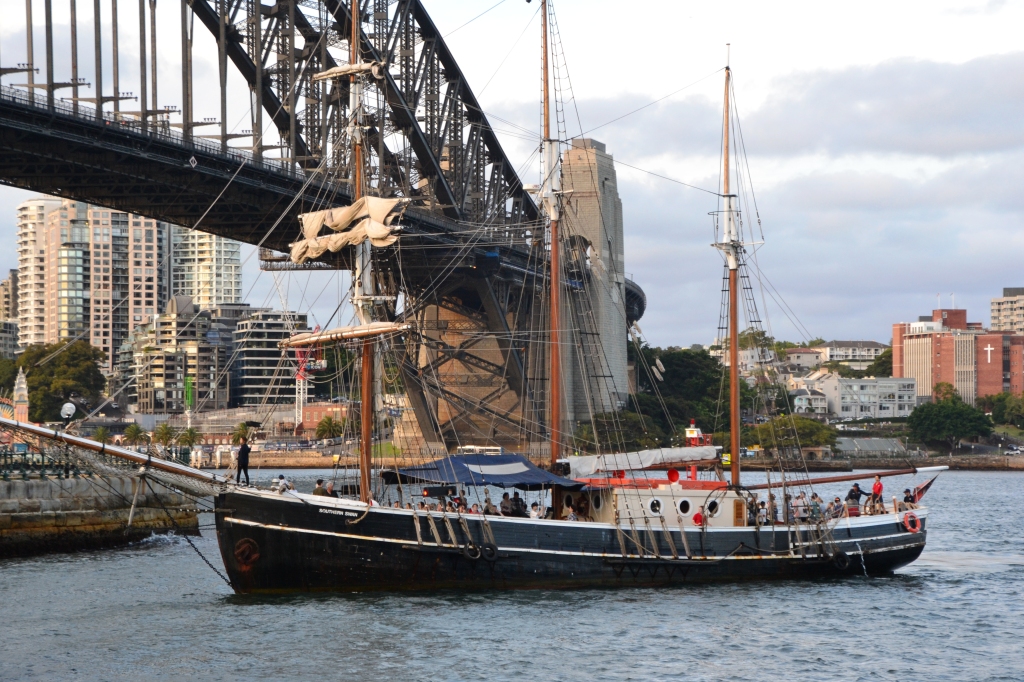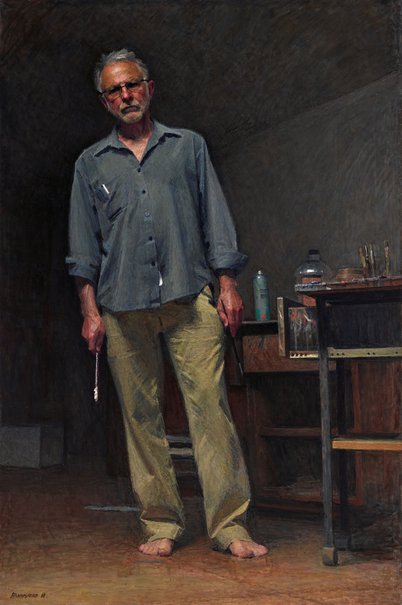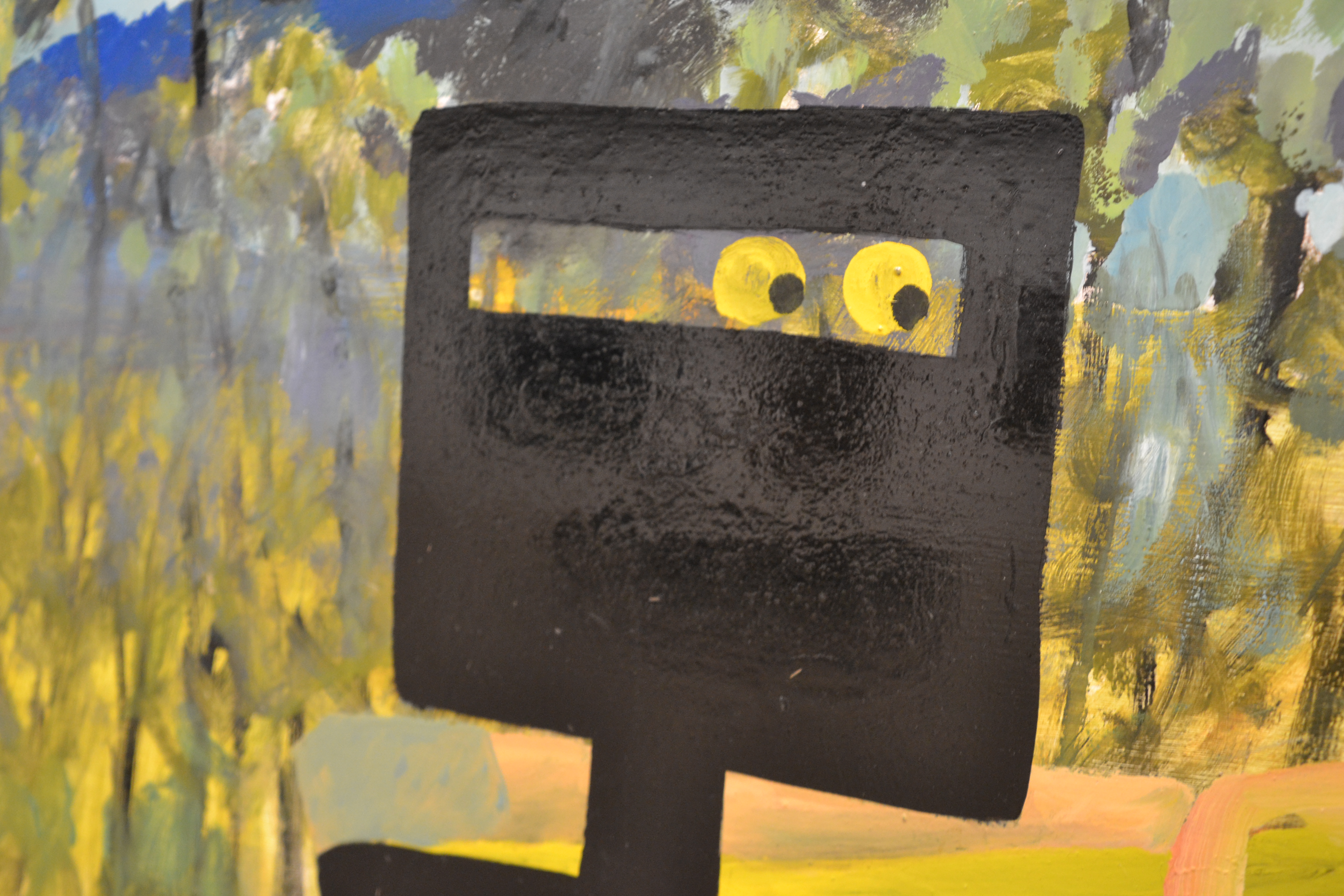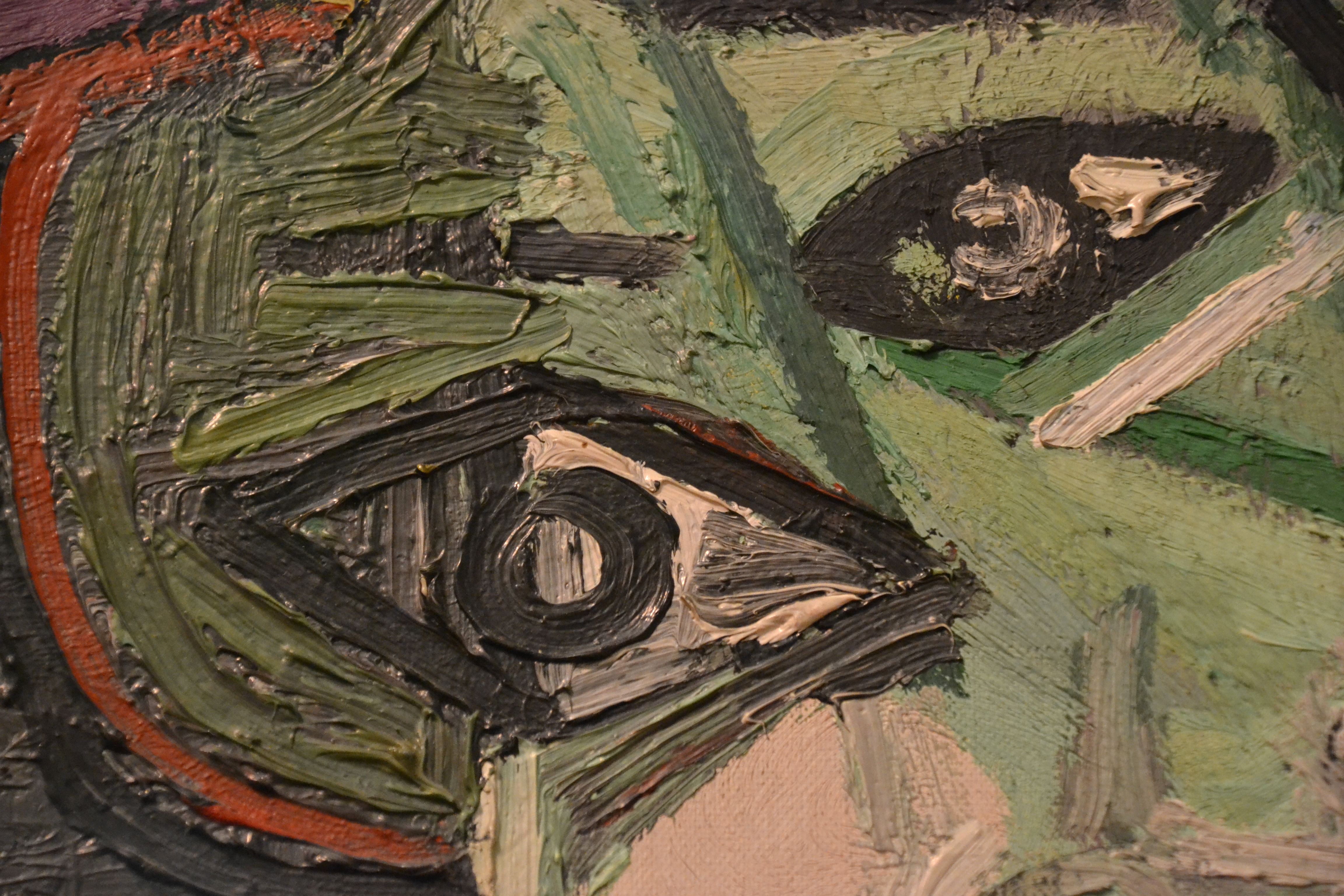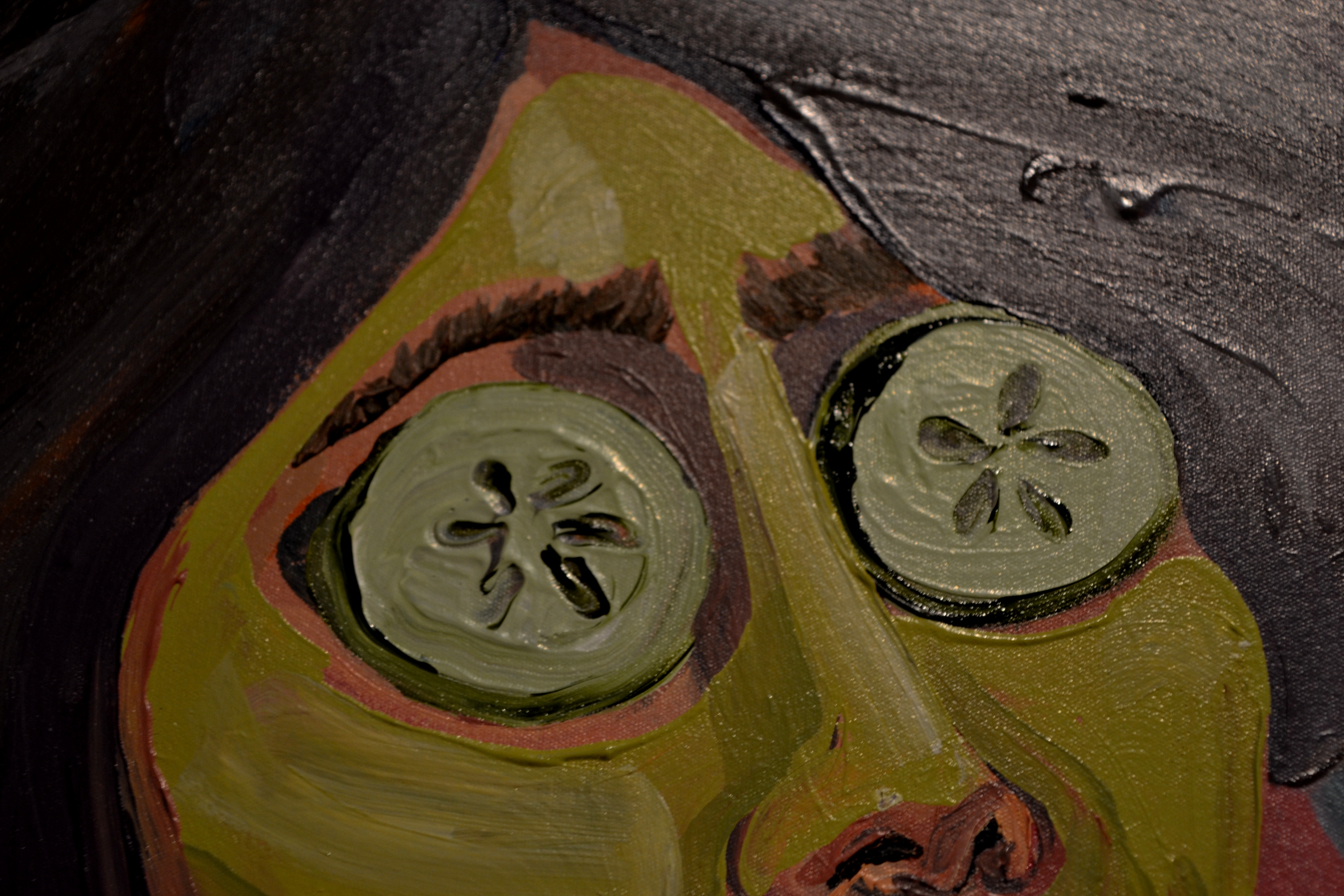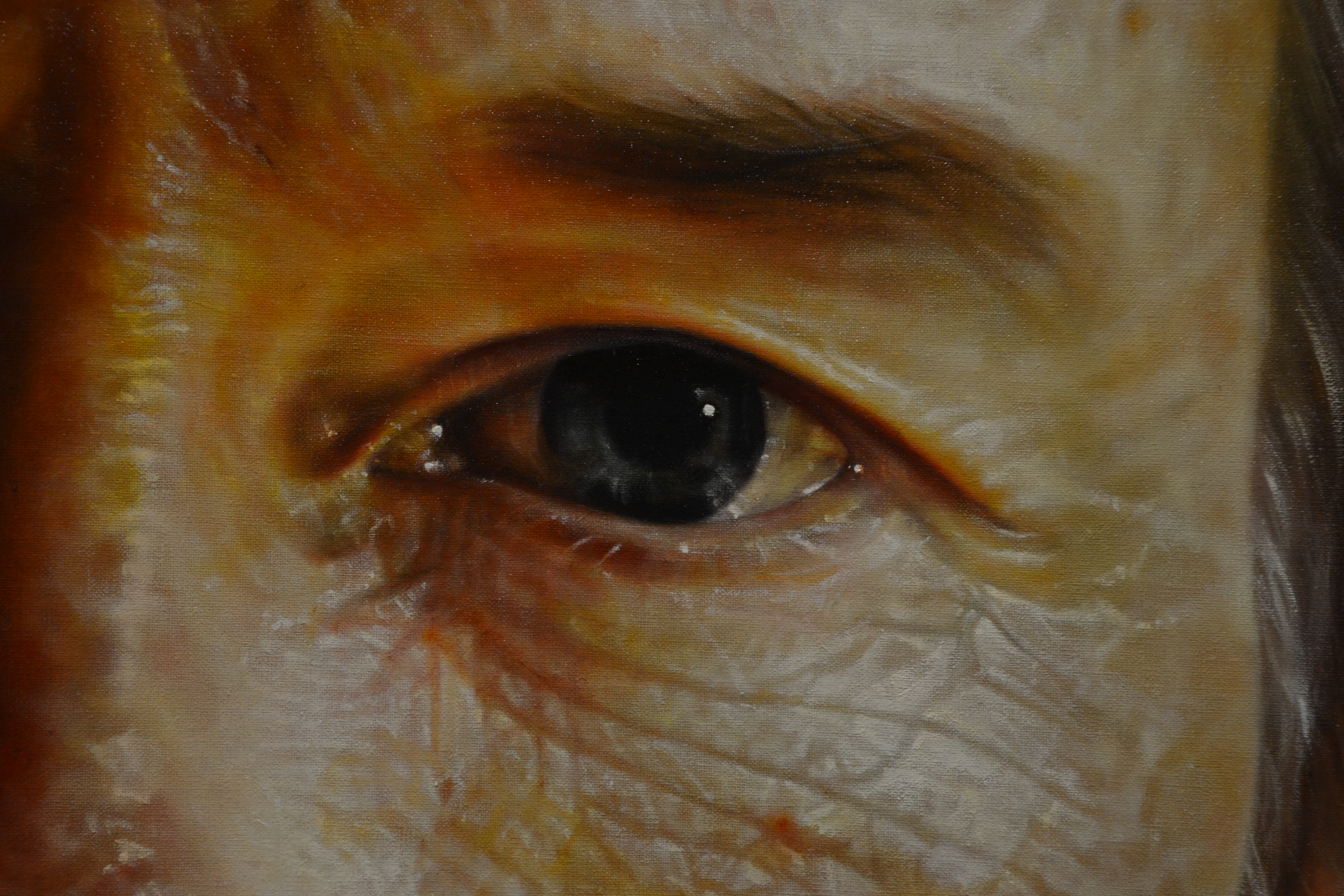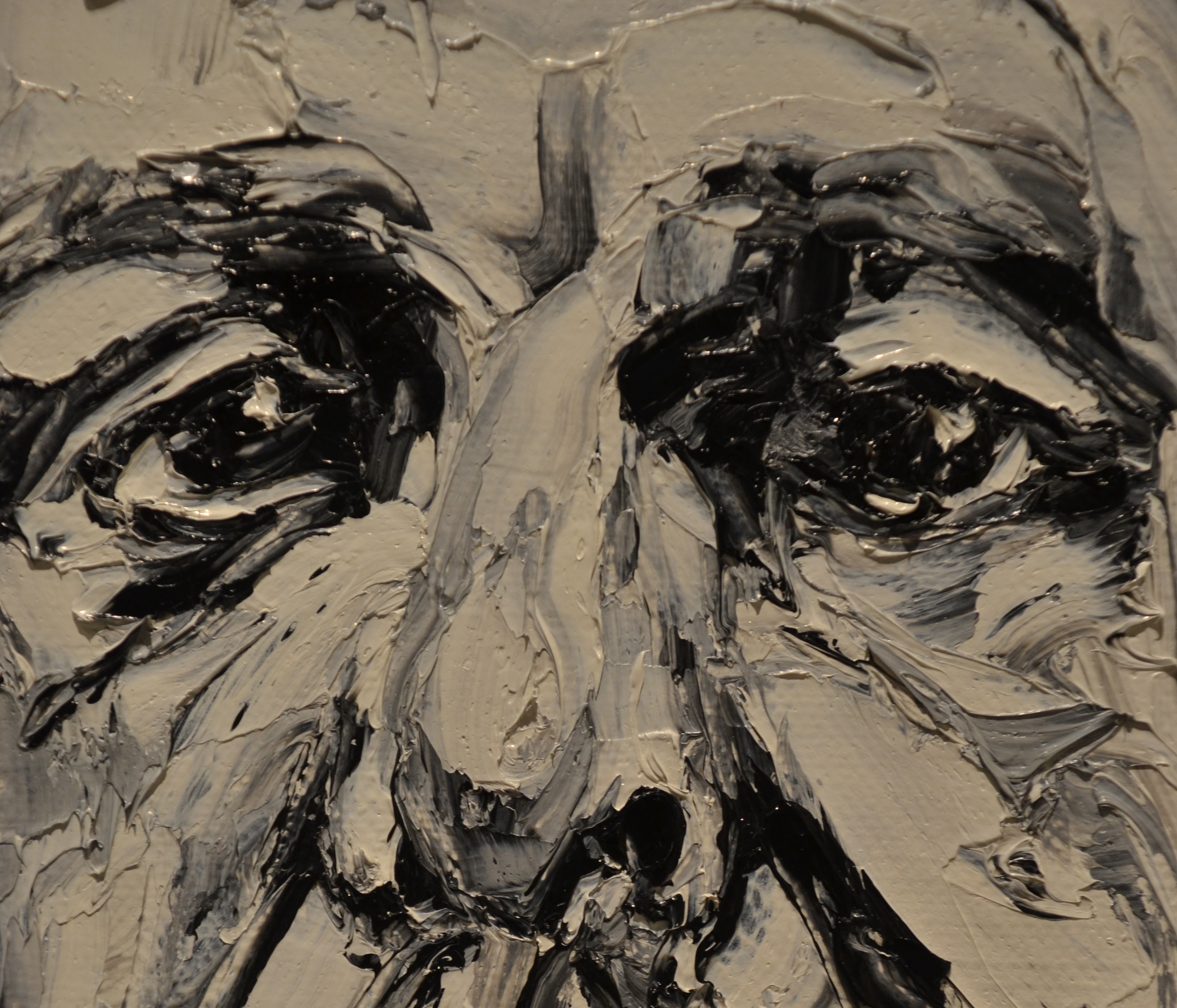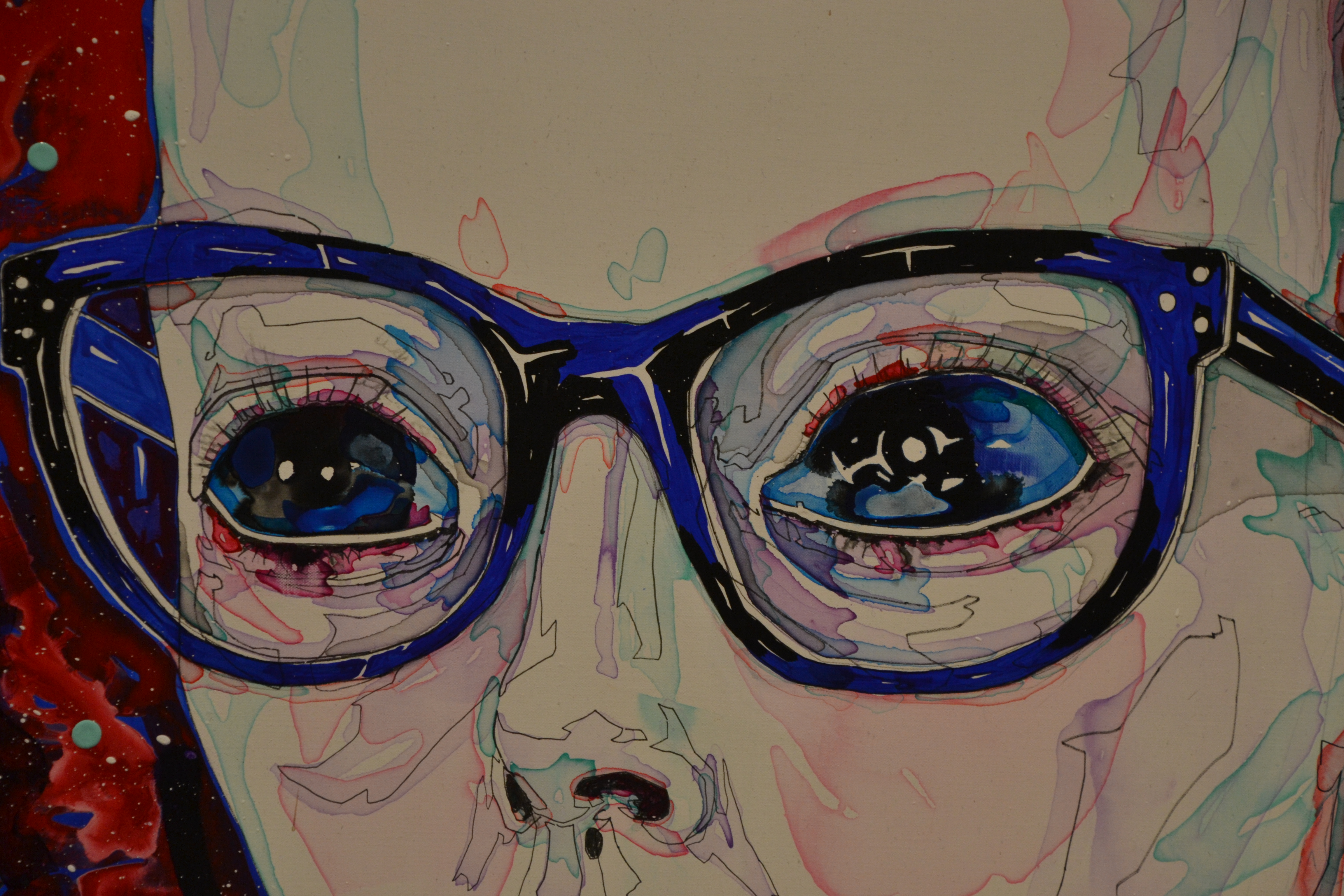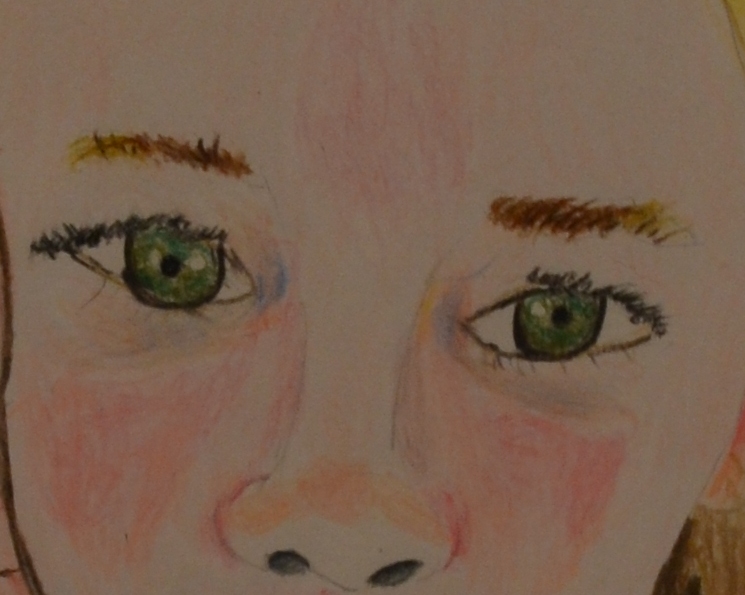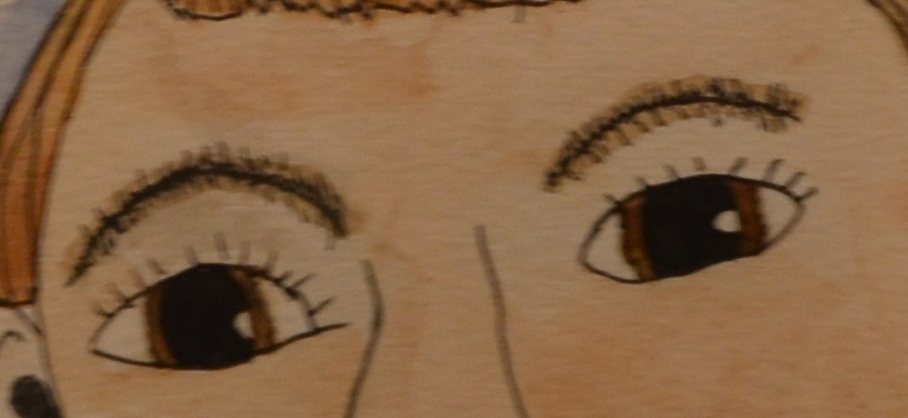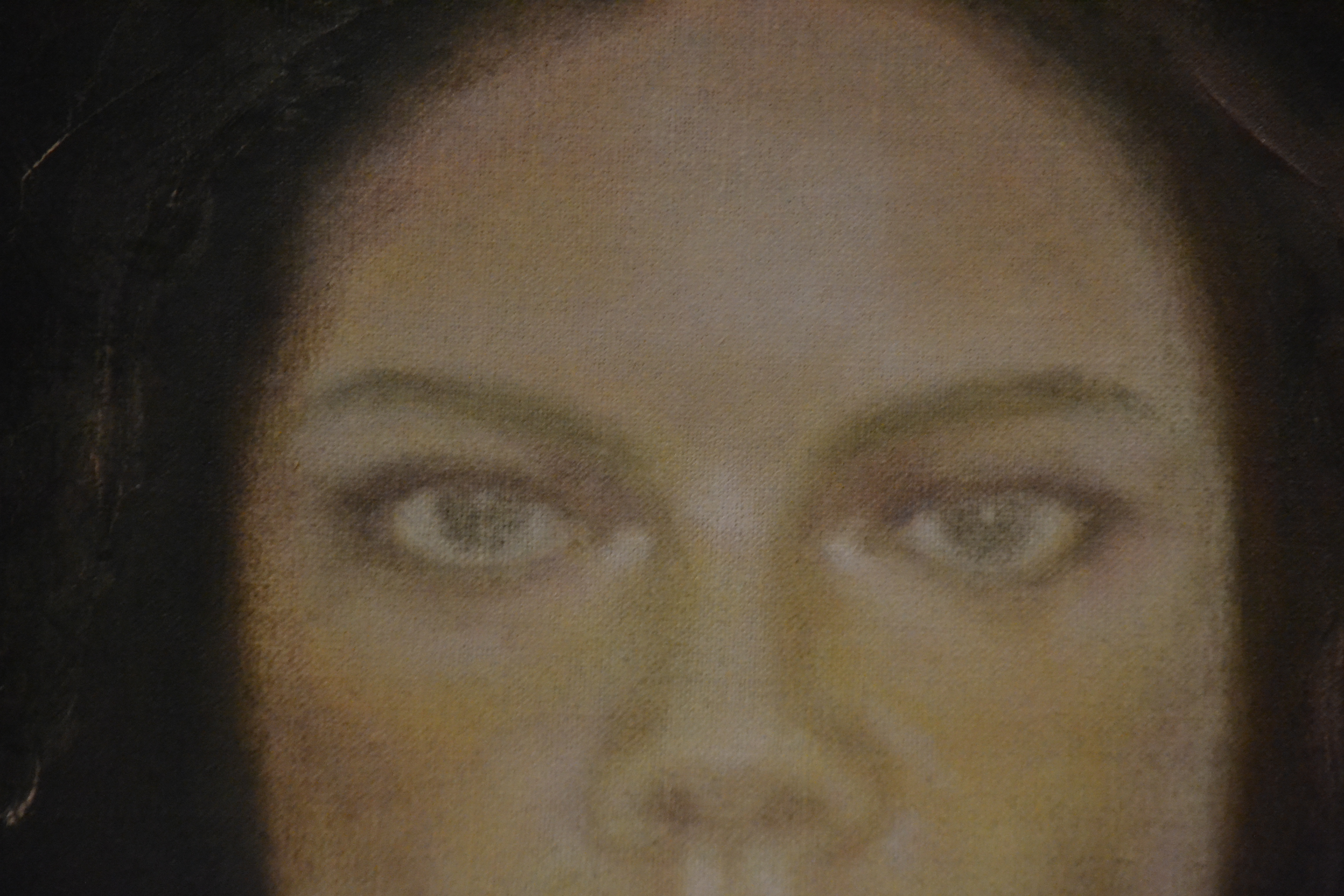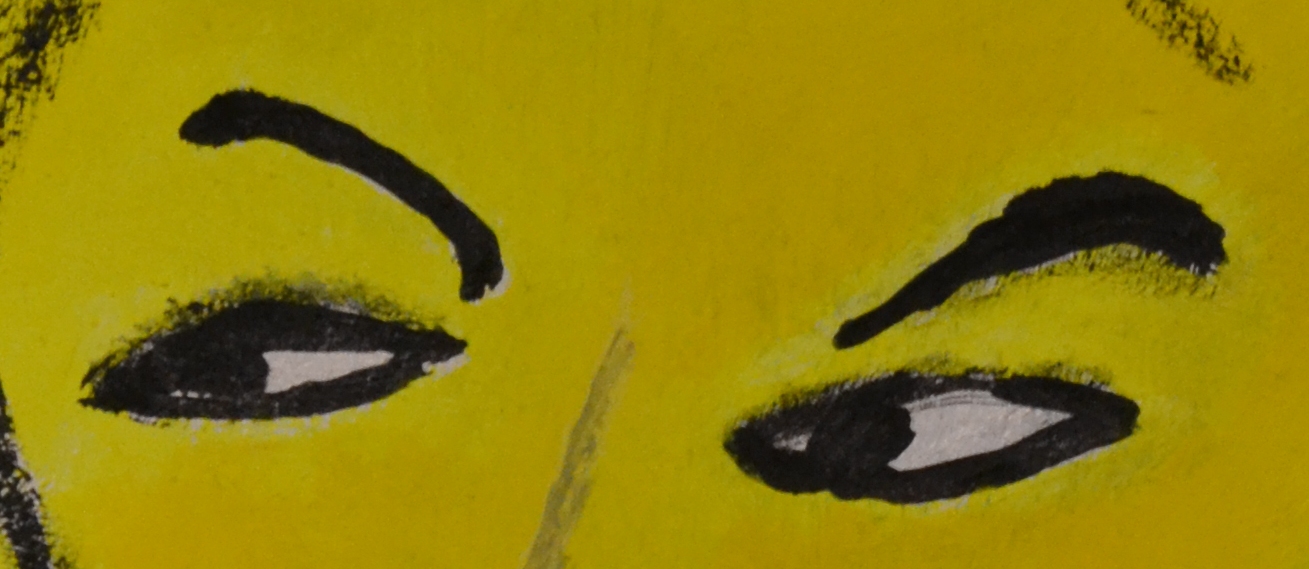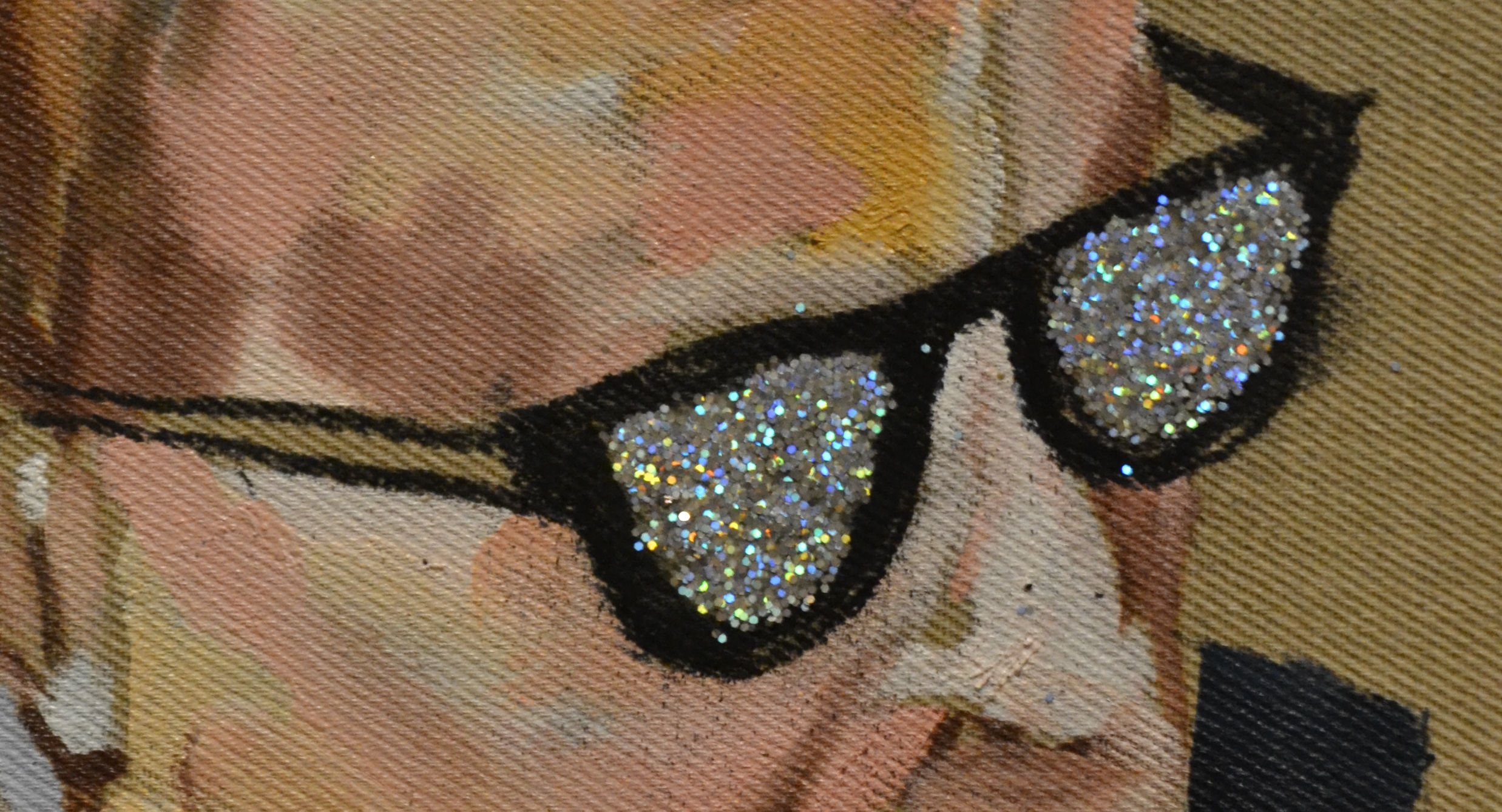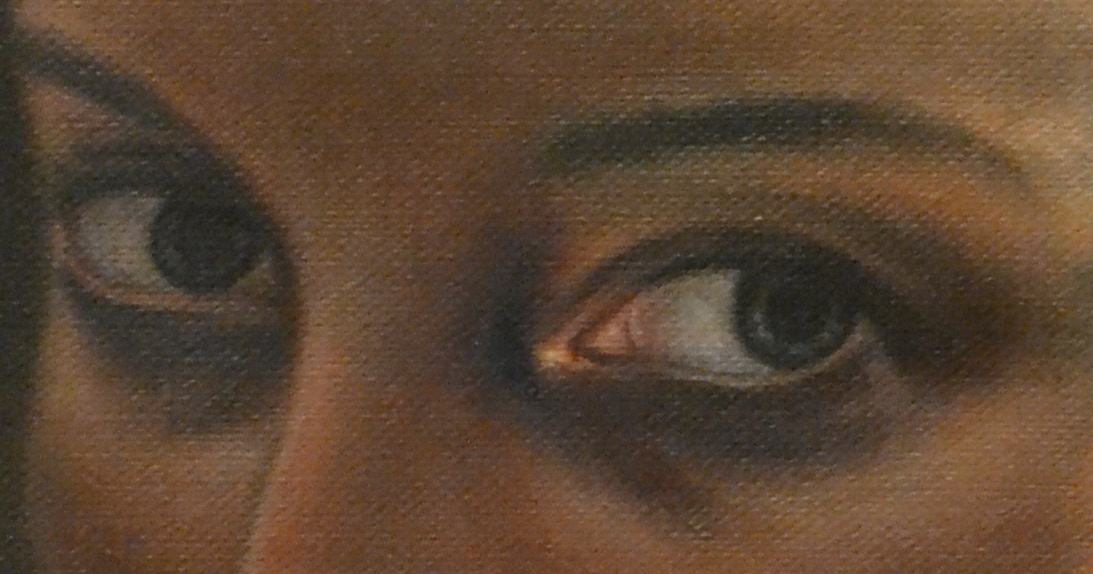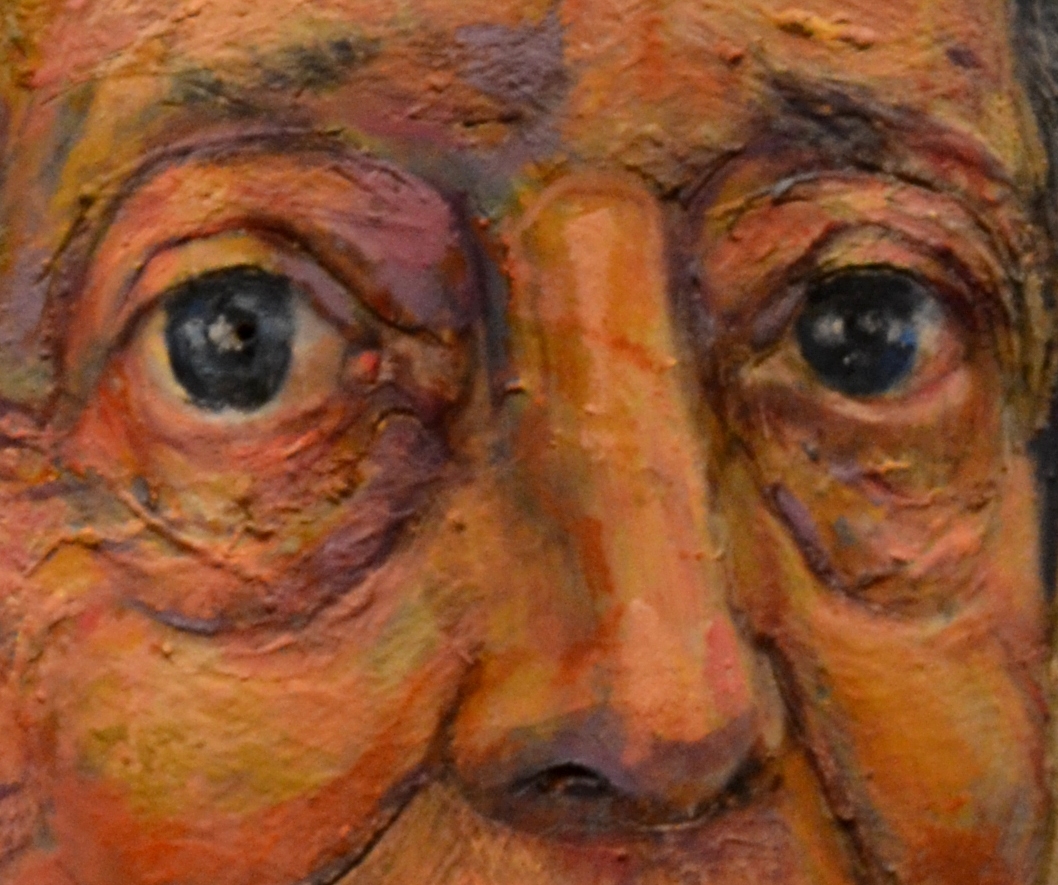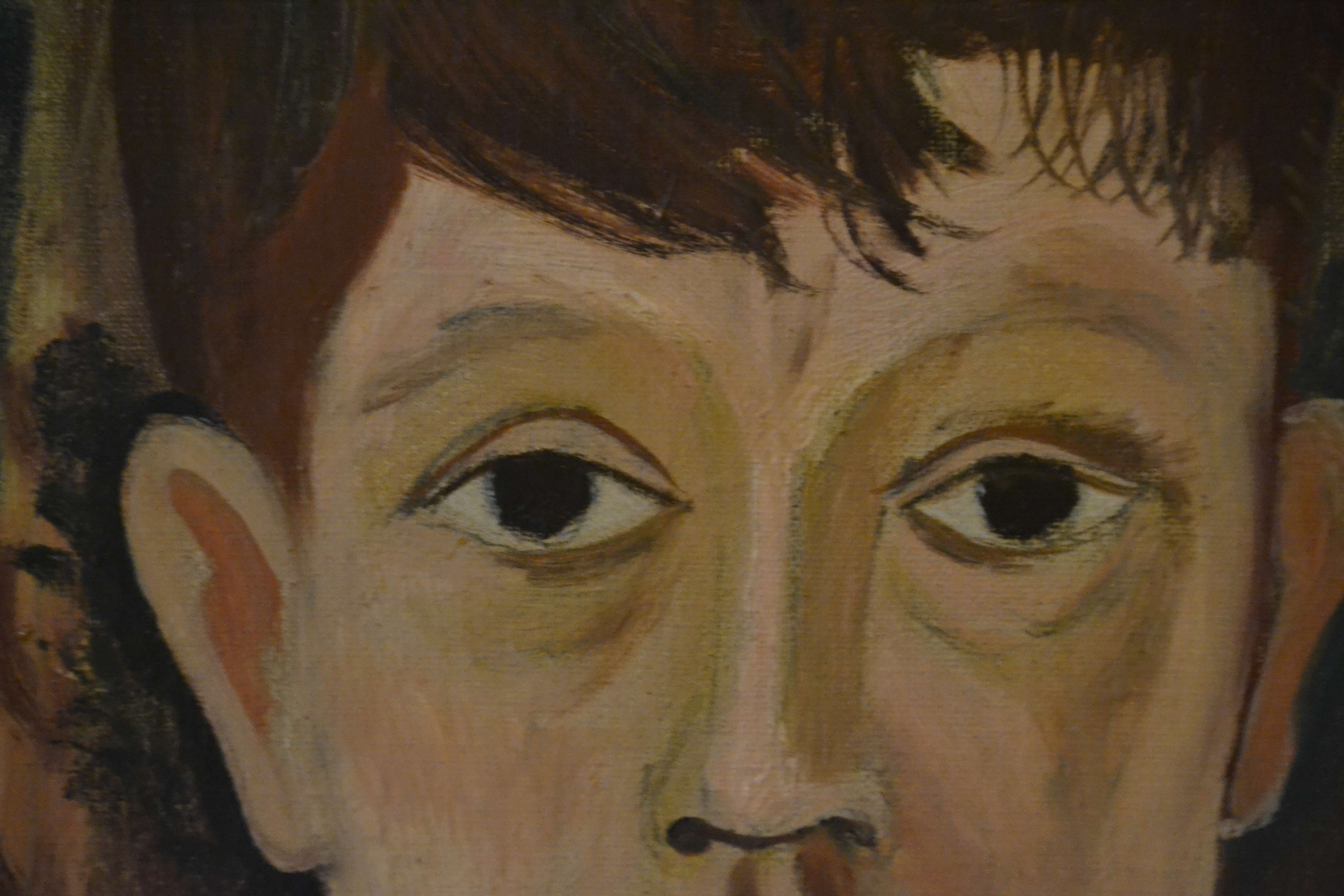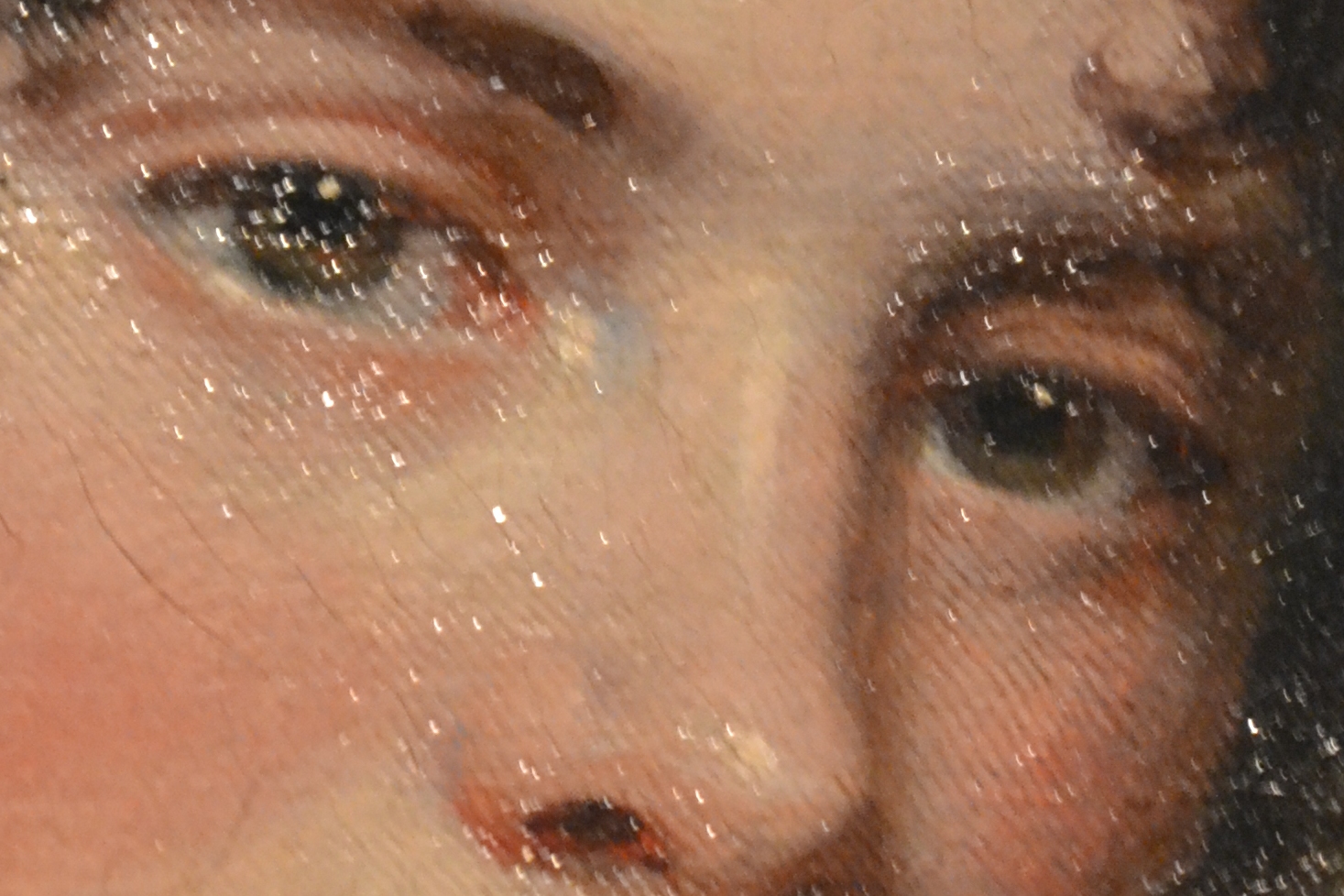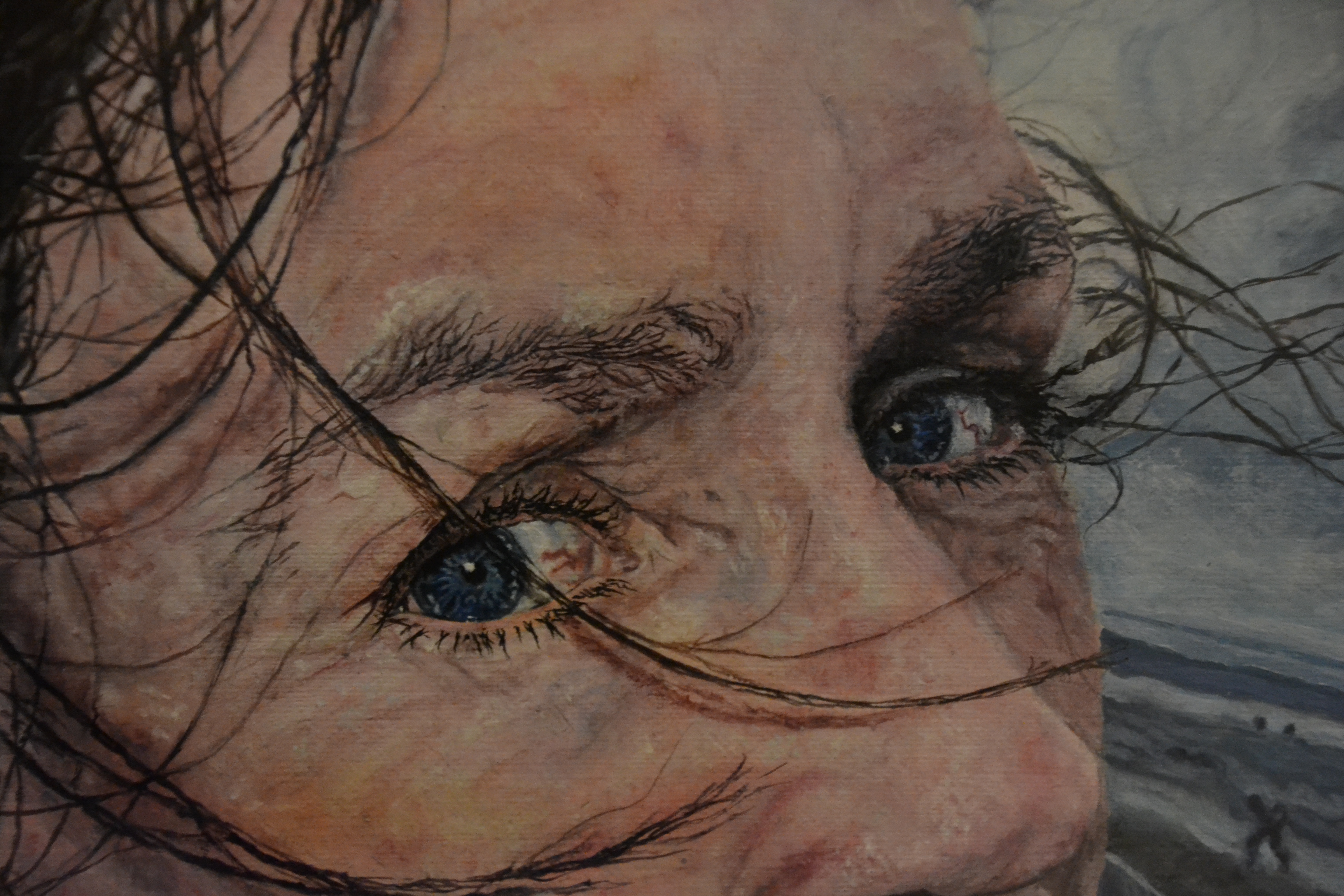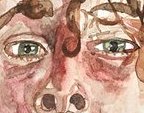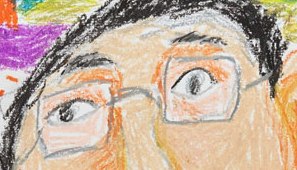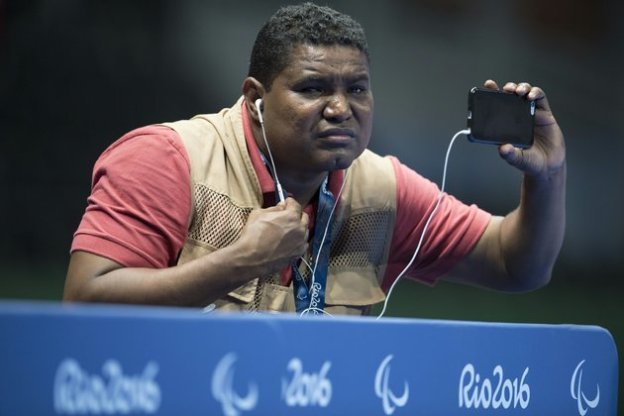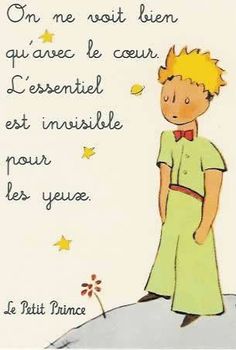Years ago, when I was reading Elizabeth Gilbert’s Eat Pray Love, I was introduced to the idea of having a word to sum up the new year. This was seen as an alternative to the grand tradition of setting resolutions we generally never implement, let alone keep. I quite fancied the idea and a few of my friends also got into it, and my word every year has been “ACTION”.
“Do you want to know who you are? Don’t ask. Act! Action will delineate and define you.”
-Thomas Jefferson
Action was a very appropriate word for me. I’m a classic procrastinator and for some bizarre reason I’ve never understood, I’ve even struggled to implement the good stuff, let alone the tough or undesirable. Of course, I’ve been busy and I have had some not insignificant personal achievements, but also some significant gaps, voids and dare I mention the dreaded F word…FAILURES. However, when it comes to my forever life goal of not only writing a book but also getting it published and being successful, I want to write a book that makes a difference and inspires ideally millions of people. So, perhaps it’s not so strange I haven’t pulled it off yet. I am trying to be the top of the top before I’ve even written a word on the page. Pretty daunting, isn’t it?!! No wonder I’ve been too daunted to get started and have reworked and reworked the first few lines of this epic tale in my poor exhausted brain for over a decade without putting pen to paper or tap tap tapping away. I am a good writer, but to be a writer you need to write and to be an author you need to write a book. That’s who I really want to be. I have quite a few book projects in various stages of development, but the one I really want to write and which is the toughest of all and the most meaningful and important concerns how I have survived my acute health challenges and this is how I can be there for so many who are doing it tough and hopefully in a personal and intimate way through my published words where I can reach so many more people than talking one-on-one. But can I make it just as meaningful and effective? I don’t know, but next year is my year. Our daughter has finished school and I’m finally a free agent moving beyond the obligations of being a school parent, which somehow included driving her to and from school from the first to the very last day with only occasional trips on the bus.

Anyway, I’d forgotten all about choosing my word for the new year until I was trying on some new glasses in Specsavers a few days ago and I sent the above photo of me in my new frames to some friends saying I was “getting new vision for the new year”. It was actually a bit of a joke, but I realized there was a deeper meaning. My glasses were long overdue for a replacement. They’re badly scratched, and as I found out, the prescription for reading had changed which explained why I was taking my glasses off to use my phone and read. Of course, I blamed the glasses and not my deteriorating eyesight for this nuisance. Moreover, just to add to the mess, I don’t clean my glasses very often and they often look like they’ve been smeared with Vaseline. Buying new glasses is such a grudge purchase, especially s I’ve always hated wearing glasses and they are so expensive. Yet, procrastination on this front doesn’t do wonders for visual acuity or my sense of vision.
“The only thing worse than being blind is having sight but no vision.”
-Helen Keller
Yet, vision goes well beyond sight. Indeed, one of my friends who is legally blind sees physical objects some of us (particularly me) miss. She notices things about people others miss. None of us, her included, can work it out, but there is a greater force at work here and I’m not really referring to God. I’m talking about seeing beyond seeing. For some of you, that won’t make a lot of sense. However, perhaps you know what I mean. Vision is particularly important when it comes to understanding and perceiving who we are as an essence and beyond our job description, family situation and particularly how much money we have in the bank.

“You are not here merely to make a living. You are here in order to enable the world to live more amply, with greater vision, with a finer spirit of hope and achievement. You are here to enrich the world, and you impoverish yourself if you forget the errand.”
Woodrow Wilson
Moreover, it’s not just what you see with your eyes. As strange as this might sound, it also includes what we sense through our feet which can be used as a second set of eyes especially in the dark. That might be something which I experience more personally, because I live right near the beach and frequently walk barefoot on the sand, and get my feet wet in the waves. I also go barefoot on rocks, grass, and on the carpet and tiles at home. Somehow, what I sense with my feet also informs my vision and how I interpret the world around me. I am also a spiritual being and that is integral to every part of me. All these factors combine to give me sharper more in-tune vision and it’s an integrated thing.
“In order to carry a positive action we must develop here a positive vision.”
Dalai Lama

By the way, I also wanted to share that I’ve been doing quite a lot of work on myself in 2023 and mostly not by choice. My lung function plummeted, and I’ve been flat out trying to put off having a lung transplant by going to a rehab gym twice a week for the last three months and having an infusion called rituximab which wiped out my B cells to reduce inflammation. Goes to show that even a legendary procrastinator like myself can switch into gear and get moving when their life depends on it. I have lost over 20 kilos and done a massive clean-up of the house which is still just the tip of the iceberg and by the way, this cleanup is also helping my vision cause I can see what’s here much better now.

I have largely achieved this by becoming more conscious and intentional of how I’m spending my time, what I’m eating and also exercising and moving about more. While it seems logical that big problems need big solutions, it can equally be true that a series of small steps can amalgamate into significant change and this is what James Clear argues in Atomic Habits, which has really helped me radically change my life.
By the way, it just belated struck me that having clear vision is all about being conscious and intentional.

It also involves your identity and how you perceive yourself. For this reason, I called myself an “exercise fanatic” when I started out at the rehab gym and I deliberately bought active wear and wore my joggers so I would look and feel the part. I even managed to pick up a Nike t-shirt with “Just Do It” printed on the front. That slogan was definitely meant for me. No more overthinking, procrastination or avoidance. Just do it, and I largely have.
Thankfully, my lungs have improved enough to put off the lung transplant for now.
So, now I’m left with reinventing myself needing to keep up the good work and maintain the gains I’ve made. Our daughter is moving out in January to study ballet full time and hopefully both the kids will have their driving licences very soon and I’ll be liberated from taxi duties. We are hoping to spend a few months in Europe if I’m up to it and in addition to the book project, I’m wanting to get a part-time job and look into doing some freelance journalism. Lastly, I’m also looking at expanding my social circle and finding my tribe, whatever that entails.
I must say working on all of this has been very illuminating, and it has given my vision greater clarity. But, and indeed there’s always a but and it’s usually in capital letters, bold huge print…
BUT
Implementation, persistence, commitment and dare I say it ACTION are the oxygen which sees vision become reality.
“It was character that got us out of bed, commitment that moved us into action, and discipline that enabled us to follow through.”
-Zig Ziglar
For me, this means setting a time and place for writing my book every day. It means setting a time and place for doing my exercise everyday. Reading my Bible and praying everyday as well (and not like a robot either). It means planning my week so the essentials are in the schedule and I’m prioritising. It means writing lists and making sure I don’t lose them and have that satisfaction of ticking things off and knowing I’m making progress. I also need to make sure life has fun, and I’m not squeezing the screws too tight. Vision doesn’t mean perfection. Hey, after all we’re still human and having a vision of ourselves as human beings, not as human doings or as all conquering super heroes. rather, being a bit scruffy can be a good and desirable thing. Otherwise, we’d be a machine.
Do you have a word for 2024 or perhaps so resolutions? Also, any thoughts about clarifying and working towards your vision? If so, I’d love to hear from you in the comments.
Meanwhile, I’d like to wish you and yours a Visionary New Year.
Love,
Rowena

